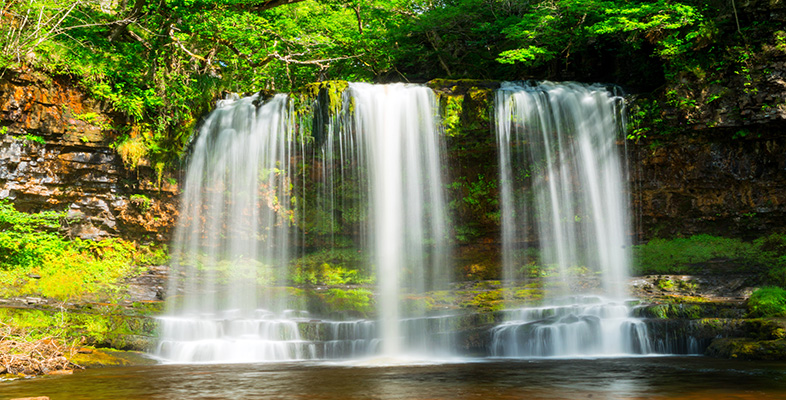2.1 Albedo
When solar energy reaches the Earth’s surface, a proportion of it is reflected straight back out into space, and only the fraction which is not reflected heats the terrain. Different materials have a different albedo and so reflect a different amount of solar energy. If you put your hand on a black car on a warm sunny day, and then on a white car, you will notice that the black car feels warmer. This is because it reflects less energy so it heats up more. The black car has a lower albedo than the white car. Table 1 shows the albedos of some typical surfaces. For example, the surface of the ocean has an albedo of 3%, which means that 100% – 3% = 97%, or almost all of the incoming energy from the Sun, actually heats the water. Fresh snow, on the other hand, reflects away most solar energy, a property that has important consequences for the climate of the Arctic.
| Surface | Albedo |
|---|---|
| Ocean surface | 3% |
| Conifer forest in summer | 9% |
| Grassy fields | 25% |
| Sea ice | 40% |
| Desert sand | 40% |
| Fresh snow | 80–90% |
Activity 1 The importance of albedo
If the Sun’s energy falls on a desert and also sea ice on a frozen sea, what proportion of the energy is available to heat up each material? If snow then falls to cover the sea ice, what will be the amount of energy available to heat up the ice?
Answer
If the Sun’s energy falls on a desert and a frozen sea, the amount of energy available to heat up the material will be the same, because Table 1 shows that the two substances have the same albedo: 40%. In both cases, the amount of energy available to heat up the material is
So 60% of the incoming energy will be available to heat up the material.
If snow falls on the sea ice, then its albedo will increase from 40% to 80–90%, so the amount of energy available to heat up the ice is
Only 10% of the incoming energy is now available to heat up the ice, and almost all of the incident energy is reflected away. Clearly, albedo is extremely important for the polar regions.
Next you will look at what is meant by specific heat capacity and its effects.
